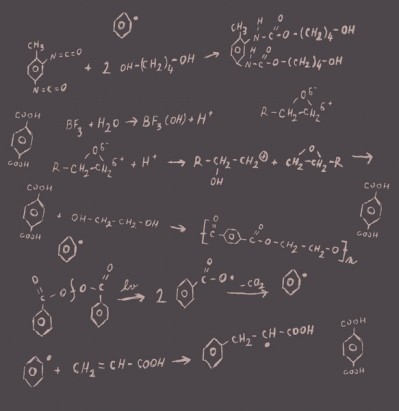Have your say on.. formaldehyde as a feed additive

The consultation period began yesterday [21 November] and runs through until 19 December 2017.
DG Santé, the Directorate General for Health and Food Safety, is in charge of the file.
Last month, a spokesperson for DG Santé told us the Standing Committee on Plants, Animals, Food and Feed (SCOPAFF) was due to vote on the denial of authorization before the end of the year.
Concerns around the use of formaldehyde relate to occupational health risks but not to its use in feed in terms of animal and food safety.
Formaldehyde producer, Anitox, has been calling on the Commission to draft a 10-year authorization proposal for formaldehyde use in feed that referenced the June 2016 opinion of the Scientific Committee on Occupational Exposure Limit (SCOEL), and sets the worker exposure levels recommended therein.
The company told us in March that EU risk assessments show the substance to be safe to use in feed at a certain threshold. The EFSA opinion on formaldehyde in feed in early 2014 concluded the substance could be authorized as a feed additive as long as adequate control measures are implemented to limit the risks for worker.
The Commission’s draft regulation pushing denial of authorization, however, claims the advantages of formaldehyde do not compensate for the inherent health risks for users handling the substance.
Regulatory background
Formaldehyde has been used in feed to prevent the outbreak of Salmonella in poultry for the past 20 years.
Its use as a preservative in feed fell under the Biocidal Products Directive (98/8/EC) until September 2013, when the directive was replaced by the EU Biocidal Products Regulation 528/2012.
Thereafter, a transition period was established at EU level to allow formaldehyde to be authorized for microbiological decontamination under the auspices of feed additive regulations, and for the development of effective alternatives.
That transition period formally expired in July 2015, with the legal status for formaldehyde in feed within EU animal feed regulation in limbo since. The use of formaldehyde has continued in some EU markets in the interim, pending a final decision by the Commission.
Alternatives
The Commission maintains that formic acid, which has been authorized as a feed additive for use as a preservative and hygiene condition enhancer, could be used as a substitute for formaldehyde.
According to the draft legislation, formic acid is “considered as an alternative, although with a different mechanism of action, in order to reduce the number of bacterial pathogens, including Salmonella spp, in feed, without causing the concerns over users' safety raised by the use of formaldehyde.”
Research continues into the development of other additives that would prove both safe and efficacious in reducing microbiological contamination in feed, said the Commission.
However, John Thornton, EMEA commercial director, Anitox, told us last March.
“Heat treatment - formaldehyde’s main alternative – has no residual effect and therefore does not provide the same level of protection. Organic acids provide neither residual effect in the feed nor the same reduction in Salmonella as formaldehyde does, in fact, many feed mills we work with are not convinced of the efficacy of organic acids in this regard.”
The Commission has also proposed that, because of the risk formaldehyde poses to human health, its use as a preservative in skimmed milk for pigs up to the age of six months, and premixtures containing the feed additive, should be withdrawn as well.








